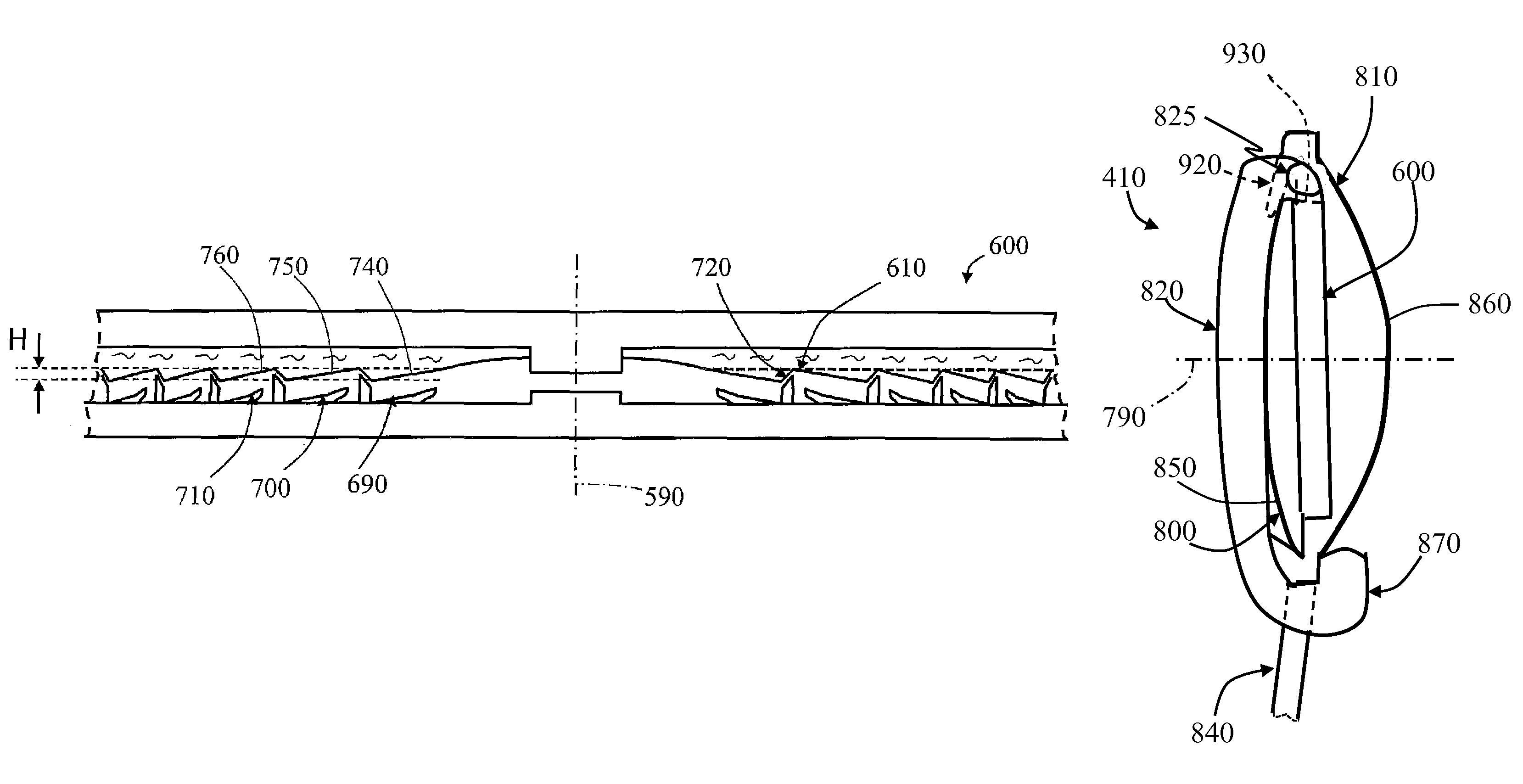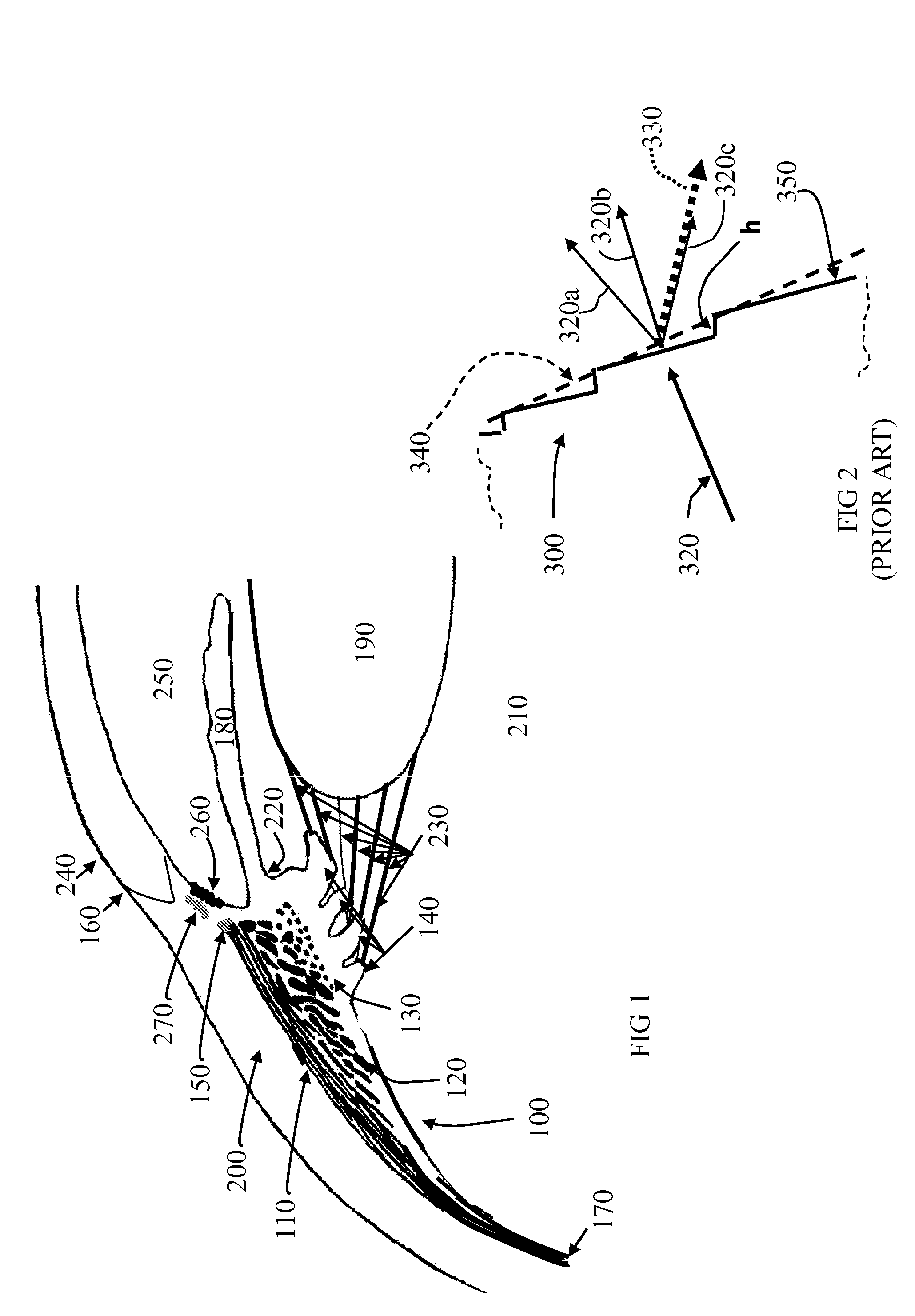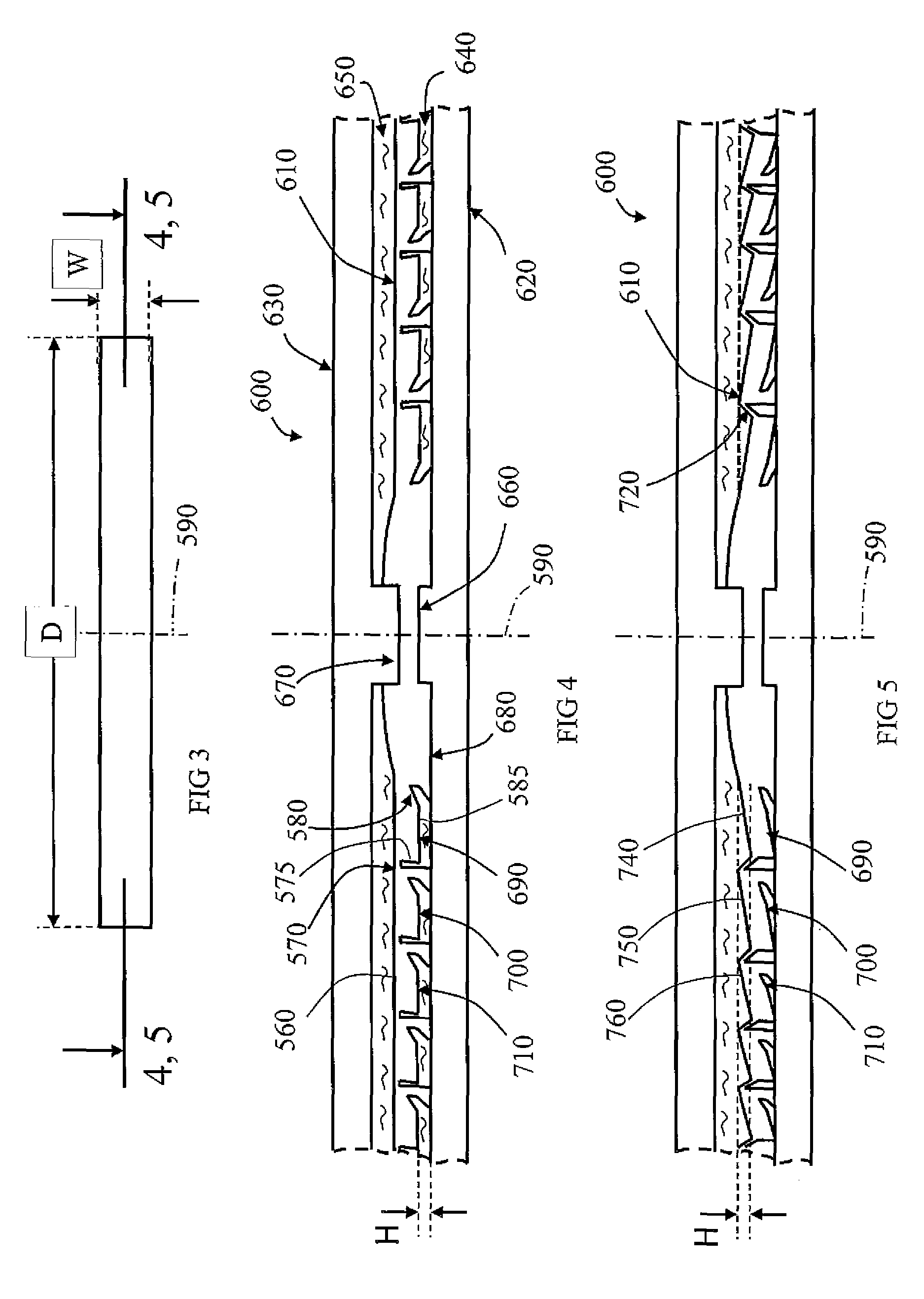Switchable diffractive accommodating lens
a technology of diffractive accommodating and swinging lens, which is applied in the field of swinging diffractive accommodating lens, can solve the problems of reducing the contrast of each image, unable to be relied on for consistent operation of accommodating device, and contributing to halo and glare perception, so as to improve image contrast and reduce halo and glare.
- Summary
- Abstract
- Description
- Claims
- Application Information
AI Technical Summary
Benefits of technology
Problems solved by technology
Method used
Image
Examples
Embodiment Construction
[0081]FIG. 1 illustrates a portion of eye anatomy related to the accommodation process. The ciliary body 100 has three basic functions: aqueous production and removal, accommodation, and the formation of vitreous mucopolysaccharide. The ciliary muscle initiates accommodating process and situates inside the ciliary body 100. The ciliary muscle contains three types of fibers: longitudinal 110, radial 120 and circular 130 fibers.
[0082]The accommodation function is the primary objective of this invention and the first order is to describe the ciliary muscle including their anatomy.
[0083]The ciliary body 100 is somewhat triangular in meridional sections and present circumferentially around the internal surface of the eye globe. It is narrower nasally (4.5-5.2 mm) than temporally (5.6-6.3 mm). The anterior margin of the ciliary body 100 is at the scleral spur 150 is about 1.5 mm posterior to the corneal limbus 160 in the horizontal meridian and 2 mm posterior in the vertical meridian. Cor...
PUM
 Login to View More
Login to View More Abstract
Description
Claims
Application Information
 Login to View More
Login to View More - R&D
- Intellectual Property
- Life Sciences
- Materials
- Tech Scout
- Unparalleled Data Quality
- Higher Quality Content
- 60% Fewer Hallucinations
Browse by: Latest US Patents, China's latest patents, Technical Efficacy Thesaurus, Application Domain, Technology Topic, Popular Technical Reports.
© 2025 PatSnap. All rights reserved.Legal|Privacy policy|Modern Slavery Act Transparency Statement|Sitemap|About US| Contact US: help@patsnap.com



